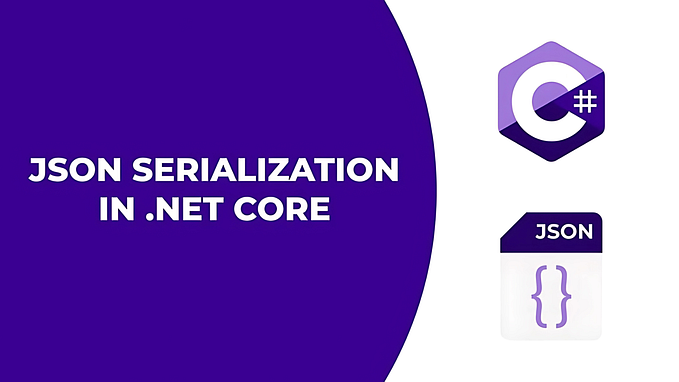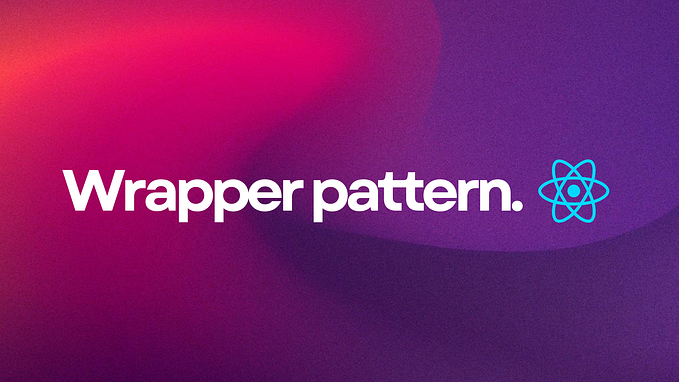PSX an alternative to Laravel/Symfony for building APIs
PSX is a PHP framework dedicated to build fully typed REST APIs. It provides a new approach to build APIs and tries to challenge existing frameworks like Laravel or Symfony. In this post I like to introduce the framework and show how it can be used to build REST APIs.
If you want to dive directly into the code please checkout our Github repository which contains already a fully working demo API with examples.
Preamble
The PHP community has currently settled for Laravel or Symfony as popular framework choice. We think that it is time to breathe some fresh life into the PHP development ecosystem. Please let me try to explain the reasoning behind PSX and how it can help you to build your next API.
At first PSX is targeted at API development, Laravel/Symfony are targeted at classical web app development, this means they have a template engine a form components etc. to build classical web apps. While it is possible to use both frameworks for API development they are not inherently designed for this. PSX on the other side is fully targeted at API development, in the following I will show you the features which help you to build high quality APIs.
Features
Typed controller
A controller is the entrypoint of your app which gets invoked by the framework. A controller is a simple PHP class which contains attributes to make specific methods invokable. In the following extract we have a simple controller with a getAll and create method which gets invoked if a GET or POST request arrives at the /population endpoint s.

One key concept of PSX is that the arguments of your exposed controller methods are mapped to values of the incoming HTTP request, at the getAll method the $startIndex and $count parameter are mapped to a query parameter from the HTTP request, at the create method the $payload parameter is mapped to the request body.
PSX tries to automatically map each parameter to the fitting value from the HTTP request, since this is not always distinct possible you can also use attributes to explicit declare the mapping, please take a look at our documentation to see all available mapping attributes.
Since PSX uses the Symfony DI container all controller classes are automatically loaded through auto-wiring. This means you can simply define at the constructor all dependencies which are needed for your controller. Please take a look at the container.php if you want to customize which classes are loaded.
Client SDK
One of the greatest feature of PSX is that it can automatically generate a client SDK for the API which you have build. To generate the client SDK simply run the following command.
php bin/psx generate:sdkThis writes the SDK to the output/ folder. By default, the command generates the typescript SDK. Based on the controller defined above PSX would generate the following client SDK.
const client = new Client(...);
client.population().getAll(startIndex?: number, count?: number);
client.population().create(payload: Population);The client then contains the same schemas which are also defined at the backend but converted to TypeScript. This means you are using exactly the same schema at the backend and frontend. If you change your schema at the backend you can then regenerate the SDK and you will directly see all problems with your new schema. In this sense PSX provides similar features like tRPC but in a language neutral way.
The generate:sdk command accepts as argument a format which defines the type of SDK which is generated. The following list shows some supported formats.
client-goclient-javaclient-phpclient-typescriptspec-openapi
Model
To enable this SDK generation PSX needs to understand the structure of the incoming or outgoing JSON payload. This is done by using DTO models for every argument and return type. PSX contains a model generator which allows you to generate those models based on a TypeSchema specification. Please take a look at the typeschema.json file which contains the models for our demo API. You can generate all models using the following command s.
php bin/psx generate:modelThe command writes all models to the src/Model folder. You can then use those models at the controller classes.
Service
PSX recommends to move your actual business logic into a separate service class. The controller then simply invokes methods from your service. While this is not mandatory it improves your code quality since you can easily use this service also in another context. All classes under the service/ folder are automatically loaded thus you can specify all dependencies through simple constructor injection.
Migrations
PSX uses doctrine migrations which helps to manage your database schema. To generate a new migration you can simply run s.
php bin/psx migrations:generateThis would create a new migration file at src/Migrations. You can then model your table schema at this migration file. After this you can run the migrate command to execute all needed database changes s.
php bin/psx migrations:migratePlease take a look at the doctrine migrations project for more information how the migration system works.
Table
PSX provides a command which generates table and row classes to interact with your database in a type-safe way. This command should be executed after you have executed all your migrations.
php bin/psx generate:tableThis command then writes all files to the src/Table folder.
Note in general we think that for API development an ORM is not needed, but it would be easy possible to integrate any existing ORM into PSX.
Tests
PSX provides a way to easily build an integration test for every controller endpoint. The following extract shows the test which requests the /population endpoint and simply compares the JSON payload with an existing JSON structure.
public function testGetAll(): void
{
$response = $this->sendRequest('/population', 'GET');
$actual = (string) $response->getBody();
$expect = file_get_contents(__DIR__ . '/resources/collection.json');
$this->assertEquals(200, $response->getStatusCode(), $actual);
$this->assertJsonStringEqualsJsonString($expect, $actual, $actual);
}Through this you can easily build integration tests for every endpoint. Please take a look at the tests/Controller/PopulationTest.php file to see the complete test case.
Conclusion
This was a short introduction to PSX and how it can help you to build your next API project. We think there are some exiting times ahead for PHP and the API development ecosystem. For more information and to support our project please checkout the repository or website.









